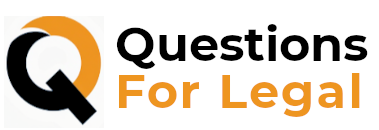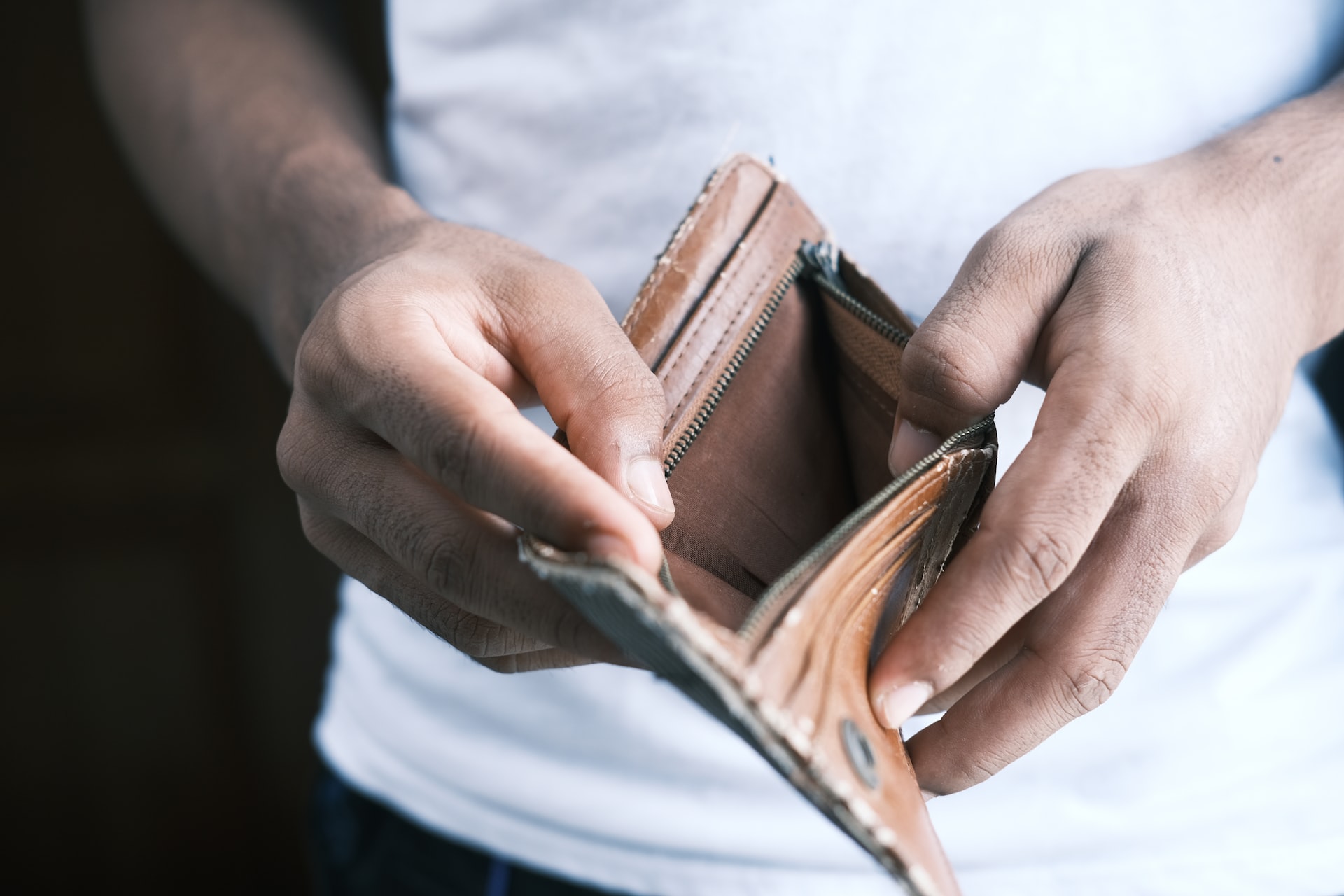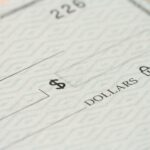Bankruptcy is a legal process that provides relief for individuals and businesses struggling with overwhelming debt. It is a legal tool that helps people get a fresh start by eliminating or reducing their debt. In this blog post, we will explore the different types of bankruptcy, the purpose of bankruptcy, and why it may be an option for those struggling with debt.
Table of Contents
- Explanation of Bankruptcy
- Purpose of Bankruptcy
- Types of debts
- Bankruptcy exemptions
- Dischargeable debts
- Non-dischargeable debts
- Chapter 7 bankruptcy
- Chapter 13 bankruptcy
Explanation of Bankruptcy
Bankruptcy is a legal process that allows individuals and businesses to eliminate or reduce their debt. It is a way for people to start over and regain control of their financial situation. The bankruptcy process is designed to be a fresh start for those who are overwhelmed with debt and unable to pay their creditors.
Purpose of Bankruptcy
The purpose of bankruptcy is to help people get a fresh start by eliminating or reducing their debt. It provides relief to individuals and businesses who are unable to pay their creditors. The bankruptcy process is also designed to protect creditors by ensuring that they receive as much payment as possible.
Bankruptcy can be a helpful tool for individuals and businesses struggling with overwhelming debt. It is important to understand the different types of bankruptcy, the purpose of bankruptcy, and why it may be an option for those struggling with debt.
Types of debts
Understanding the different types of debt is an essential part of the bankruptcy process. When you file for bankruptcy, it is important to know which debts can be discharged and which debts cannot. In this section, we will discuss the three main types of debts: secured debts, unsecured debts, and priority debts.
Secured Debts
Secured debts are those that are tied to a specific piece of property, such as a car or a home. The creditor has a security interest in the property, which means that if the debtor fails to make payments, the creditor can repossess or foreclose on the property. Examples of secured debts include car loans and mortgages.
In a bankruptcy case, the debtor has the option to either surrender the property or continue making payments to the creditor to keep the property. If the debtor decides to surrender the property, the debt may be discharged, but if they choose to keep the property, they will need to continue making payments.
Unsecured Debts
Unsecured debts are not tied to any specific property and are not backed by collateral. Examples of unsecured debts include credit card debt, medical bills, and personal loans. These debts are discharged in bankruptcy unless they are non-dischargeable debts (discussed later in this post).
Priority Debts
Priority debts are debts that are considered more important than other debts and are paid first in a bankruptcy case. Examples of priority debts include taxes, child support, and spousal support. These debts cannot be discharged in bankruptcy, but the debtor may be able to set up a repayment plan to pay off the debt over time.
Bankruptcy exemptions
One of the most important aspects of filing for bankruptcy is understanding what property you can keep and what property you may be required to give up. Bankruptcy exemptions are laws that allow you to keep certain property even after filing for bankruptcy. In this section, we will discuss the different types of bankruptcy exemptions and how they work.
Types of Exemptions
Bankruptcy exemptions can be divided into two categories: federal exemptions and state exemptions. Federal bankruptcy exemptions are set by Congress and are available to all debtors filing for bankruptcy. State bankruptcy exemptions vary by state and can only be used by debtors who file for bankruptcy in that state.
In some cases, debtors may be able to choose between federal and state exemptions, while in other cases, they may be required to use the state exemptions. Your bankruptcy attorney can help you determine which exemptions are available to you and which ones will be most beneficial.
Exempt Property
Exempt property is property that is protected from creditors during the bankruptcy process. The types of property that are exempt vary by state, but common examples include:
- Homestead: The value of a debtor’s primary residence up to a certain amount.
- Personal property: This includes items like clothing, furniture, and household goods up to a certain value.
- Tools of the trade: This includes items like tools and equipment used in a debtor’s business up to a certain value.
- Retirement accounts: Certain retirement accounts, such as 401(k)s and IRAs, are protected up to a certain amount.
It is important to note that not all property is exempt, and some property may only be partially exempt. For example, if a debtor’s home is worth more than the allowed exemption amount, they may be required to sell the home and use the proceeds to pay off creditors.
Dischargeable debts
When you file for bankruptcy, certain debts can be eliminated or discharged, meaning that you are no longer legally obligated to pay them. In this section, we will discuss dischargeable debts, including what they are, examples of dischargeable debts, and exceptions to dischargeable debts.
Definition of Dischargeable Debts
Dischargeable debts are debts that can be eliminated through bankruptcy. Once a debt is discharged, the debtor is no longer legally obligated to pay it, and the creditor is prohibited from attempting to collect the debt. Not all debts are dischargeable, and some may only be partially dischargeable.
Examples of Dischargeable Debts
The most common types of dischargeable debts include:
- Credit card debt
- Medical bills
- Personal loans
- Past due utility bills
- Collection agency accounts
- Civil court judgments (in some cases)
Exceptions to Dischargeable Debts
Not all debts can be discharged through bankruptcy. The following debts are typically non-dischargeable:
- Child support and spousal support payments
- Certain tax debts
- Student loans (in most cases)
- Fines and penalties owed to government agencies
- Debts incurred through fraud or other illegal activity
- Court-ordered restitution for criminal activities
It is important to note that even if a debt is non-dischargeable, filing for bankruptcy may still provide some relief by eliminating other debts and allowing the debtor to restructure their finances.
Non-dischargeable debts
When you file for bankruptcy, not all debts can be eliminated or discharged. These debts are referred to as non-dischargeable debts. In this section, we will discuss what non-dischargeable debts are and provide examples of these types of debts.
Definition of Non-Dischargeable Debts
Non-dischargeable debts are debts that cannot be eliminated through bankruptcy. This means that even if you file for bankruptcy, you will still be legally obligated to pay these debts. In some cases, you may be able to negotiate a payment plan with the creditor, but you will not be able to have the debt eliminated through bankruptcy.
Examples of Non-Dischargeable Debts
The most common types of non-dischargeable debts include:
- Child support and spousal support payments: These types of payments are considered a priority debt and cannot be discharged through bankruptcy.
- Certain tax debts: Income tax debts that are less than three years old or that were assessed within the last 240 days are non-dischargeable. Additionally, any tax debts that were obtained through fraud or willful evasion cannot be discharged.
- Student loans: In most cases, student loans cannot be discharged through bankruptcy. However, if you can prove that repaying the student loans would cause undue hardship, you may be able to have the debt discharged.
- Fines and penalties owed to government agencies: Any fines or penalties that you owe to a government agency, such as the IRS or the Department of Justice, cannot be discharged through bankruptcy.
- Debts incurred through fraud or other illegal activity: If you obtained a debt through fraudulent means or through illegal activity, such as embezzlement or theft, the debt cannot be discharged through bankruptcy.
It is important to note that while these debts cannot be discharged through bankruptcy, filing for bankruptcy may still provide some relief by eliminating other debts and allowing you to restructure your finances.
Chapter 7 bankruptcy
Chapter 7 bankruptcy is a type of bankruptcy that involves the liquidation of assets in order to pay off debts. In this section, we will discuss the eligibility requirements for Chapter 7 bankruptcy, the liquidation process, and the dischargeable debts in Chapter 7 bankruptcy.
Eligibility Requirements
In order to file for Chapter 7 bankruptcy, you must meet certain eligibility requirements. These requirements include:
- Passing the means test: The means test is a calculation that determines whether you have enough disposable income to repay your debts. If your income is below the state median, you may be eligible to file for Chapter 7 bankruptcy. If your income is above the state median, you may still be eligible if you do not have enough disposable income to repay your debts.
- Completing credit counseling: Before you can file for Chapter 7 bankruptcy, you must complete a credit counseling course from an approved provider.
- Not having filed for bankruptcy within the past eight years: If you have filed for bankruptcy within the past eight years, you may not be eligible to file for Chapter 7 bankruptcy.
The Liquidation Process
In Chapter 7 bankruptcy, a court-appointed trustee will liquidate your assets in order to pay off your debts. This means that your non-exempt assets, such as a second home or a valuable piece of art, may be sold in order to pay off your creditors. However, there are certain exemptions that allow you to protect some of your assets, such as your primary residence and personal property.
Dischargeable Debts in Chapter 7 Bankruptcy
Many types of debts can be discharged through Chapter 7 bankruptcy. These include:
- Credit card debt
- Medical bills
- Personal loans
- Past due utility bills
- Collection agency accounts
- Civil court judgments (in some cases)
However, there are certain types of debts that cannot be discharged through Chapter 7 bankruptcy, such as child support and spousal support payments, certain tax debts, and student loans (in most cases).
Chapter 13 bankruptcy
Chapter 13 bankruptcy is a type of bankruptcy that involves creating a repayment plan to pay off your debts over a period of three to five years. In this section, we will discuss the eligibility requirements for Chapter 13 bankruptcy, the repayment plan process, and the dischargeable debts in Chapter 13 bankruptcy.
Eligibility Requirements
In order to file for Chapter 13 bankruptcy, you must meet certain eligibility requirements. These requirements include:
- Having a regular income: You must have a regular income in order to create a repayment plan to pay off your debts.
- Unsecured debts below a certain threshold: Your unsecured debts must be below a certain threshold in order to be eligible for Chapter 13 bankruptcy. As of 2021, the threshold is $419,275 for unsecured debts and $1,257,850 for secured debts.
- Completing credit counseling: Before you can file for Chapter 13 bankruptcy, you must complete a credit counseling course from an approved provider.
- Not having filed for bankruptcy within the past two years: If you have filed for bankruptcy within the past two years, you may not be eligible to file for Chapter 13 bankruptcy.
The Repayment Plan Process
In Chapter 13 bankruptcy, you will create a repayment plan to pay off your debts over a period of three to five years. The amount you will pay each month will be based on your disposable income, which is your income minus your necessary expenses. Your repayment plan will be reviewed by a court-appointed trustee and must be approved by the bankruptcy court.
During the repayment plan period, you will make monthly payments to the trustee, who will distribute the funds to your creditors according to the terms of your repayment plan. Once you have completed your repayment plan, any remaining dischargeable debts will be discharged.
Dischargeable Debts in Chapter 13 Bankruptcy
Many types of debts can be discharged through Chapter 13 bankruptcy. These include:
- Credit card debt
- Medical bills
- Personal loans
- Past due utility bills
- Collection agency accounts
- Civil court judgments (in some cases)
However, there are certain types of debts that cannot be discharged through Chapter 13 bankruptcy, such as child support and spousal support payments, certain tax debts, and student loans (in most cases).
It is important to seek legal advice if you are considering bankruptcy. A qualified bankruptcy attorney can help you understand your options and guide you through the bankruptcy process. They can also help you avoid mistakes that could result in the loss of property or the denial of discharge.
Bankruptcy can be a difficult and emotional decision, but it can also be an opportunity to get a fresh financial start. It is important to carefully consider all of your options before making a decision and to seek the guidance of a qualified bankruptcy attorney. With the right help and guidance, you can get back on track and start rebuilding your financial future.

Meds is an attorney currently residing on the East Coast, where he practices law. While his primary focus lies in criminal law, he also has experience in family and personal injury law. His legal background enables him to navigate a variety of legal challenges and provide comprehensive assistance to his clients.





